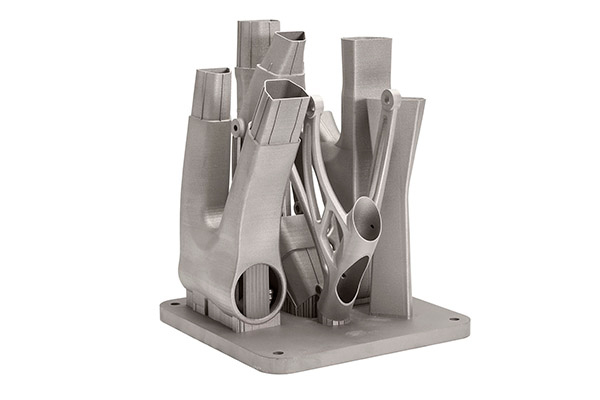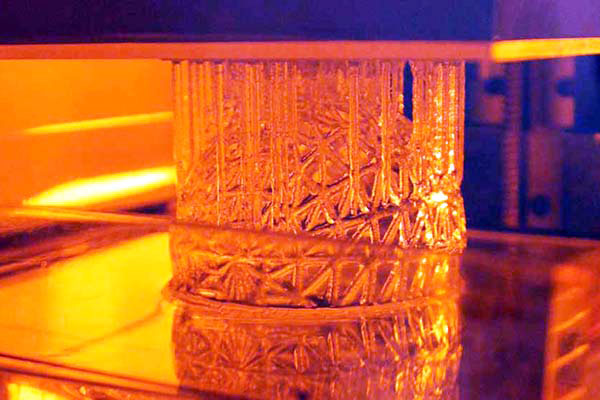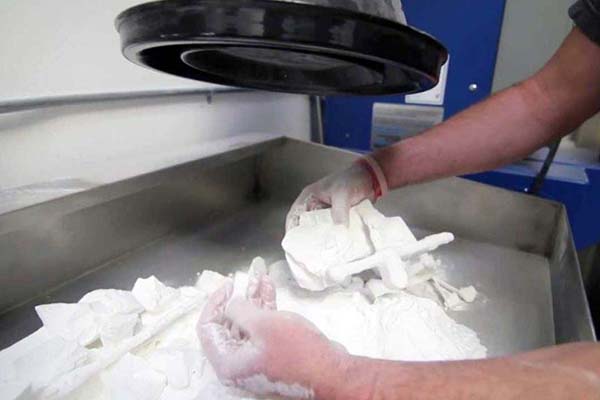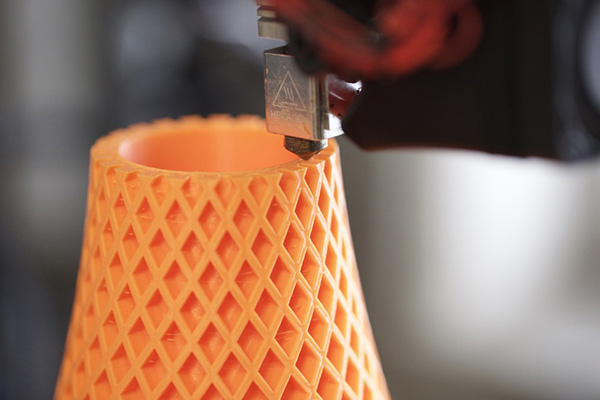Another form of powder bed fusion, SLM is an industrial process that requires carefully controlled conditions. Very fine metal powder of a uniform size and shape is fully welded onto a build plate using a high-powered laser inside of a sealed chamber. Common metal powders may include titanium, stainless steel, maraging steel and cobalt chrome.

These bike frame components were made with SLS prototyping technology.
SLM is the preferred technique for making sophisticated parts of the highest strength, durability and complexity and this is what we use at Star Rapid for our DMLM service.
The process can be expensive and must be controlled by a skilled engineer, but the results are ideal for the most demanding applications in aerospace, automotive, defense and medical parts














